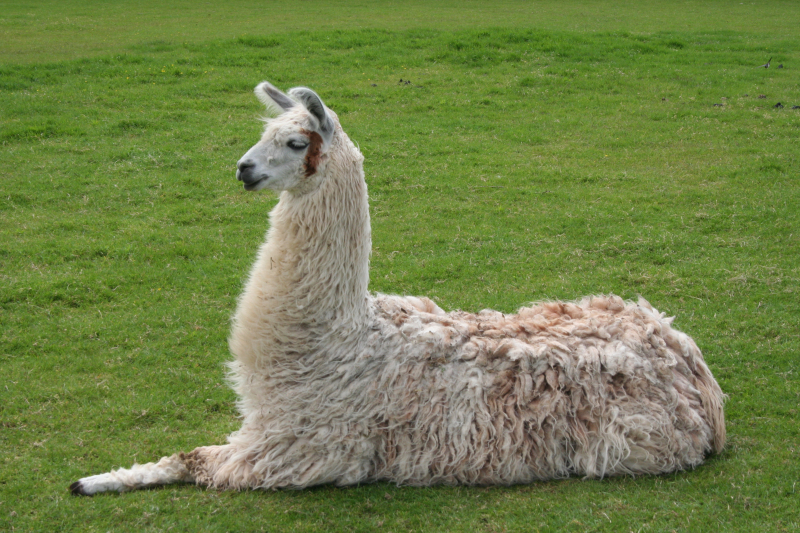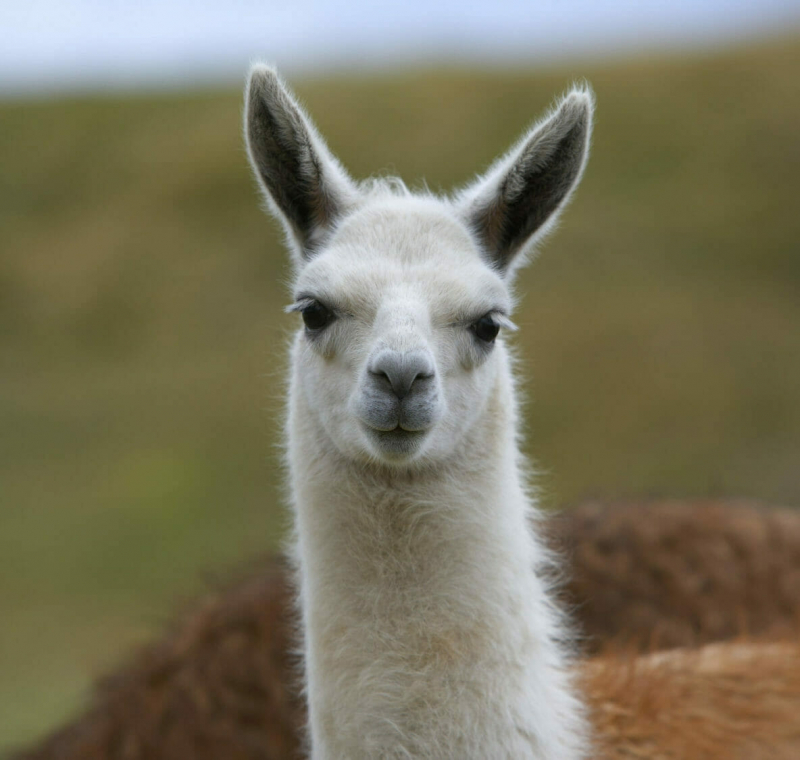Llamas
The llama is a domesticated South American camelid that has been used by Andean cultures as a meat and packs animal since the Pre-Columbian era. Llamas are social animals that live in groups called herds. Their wool is soft and contains very little lanolin. After a few repetitions, llamas can learn simple tasks. They can carry about 25 to 30 percent of their body weight for 8 to 13 kilometers when using a pack. Native Peruvians gave the name llama to European settlers.
Llamas' ancestors are thought to have originated in North America's Great Plains about 40 million years ago and then migrated to South America about three million years ago during the Great American Interchange. Camelids were extinct in North America by the end of the last ice age (10,000-12,000 years ago). In 2007, there were over seven million llamas and alpacas in South America, and over 158,000 llamas and 100,000 alpacas in the United States and Canada, descended from progenitors imported late in the twentieth century.
Llamas are one of the friendliest animals in the world. They are polite, calm, and docile. As a result, they are an ideal companion for anyone looking for a family pet or farm animal. Because of their friendliness, they can be found all over the world, including Peru, Bolivia, Chile, Argentina, and, of course, their native Andes Mountains.











